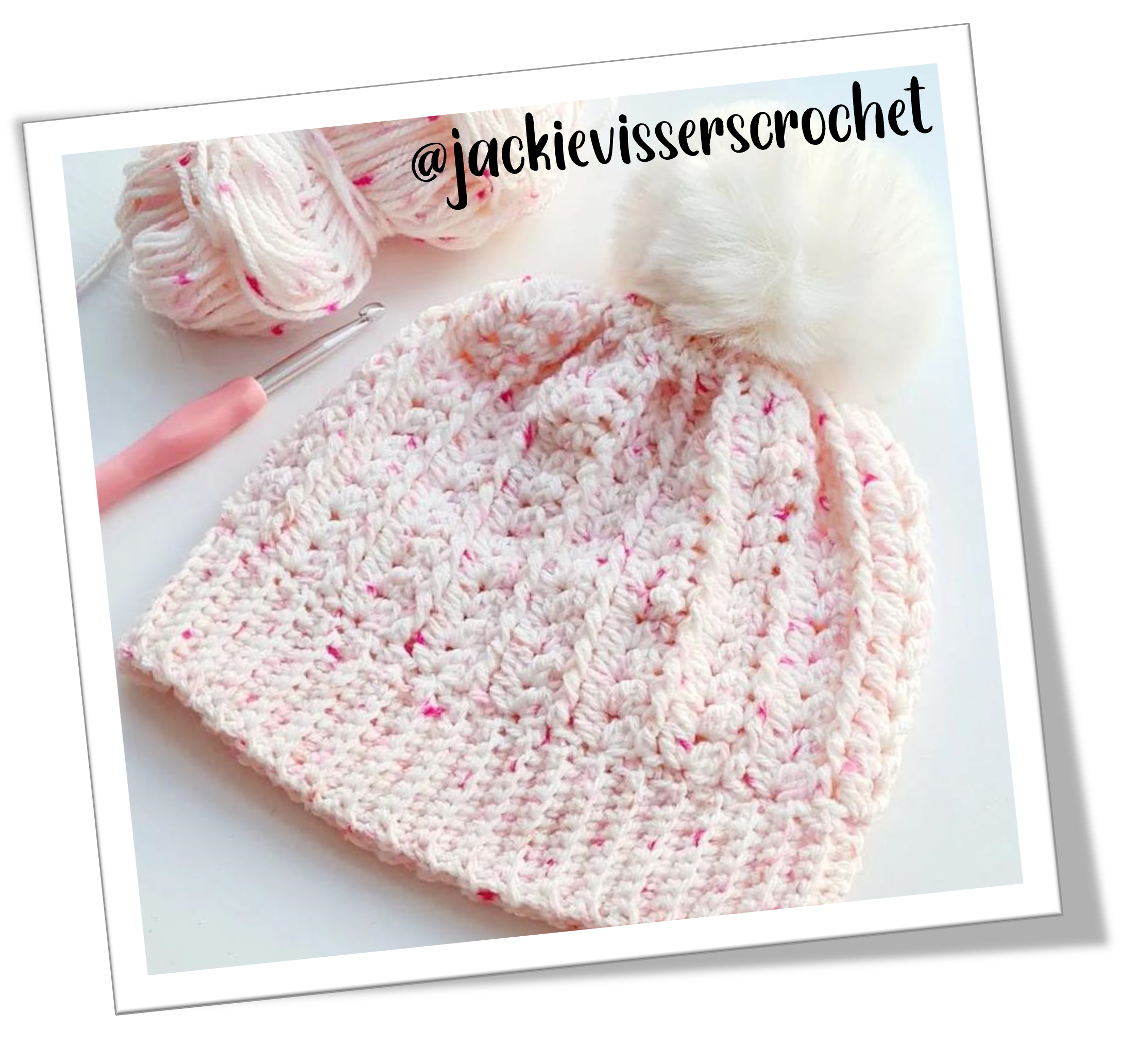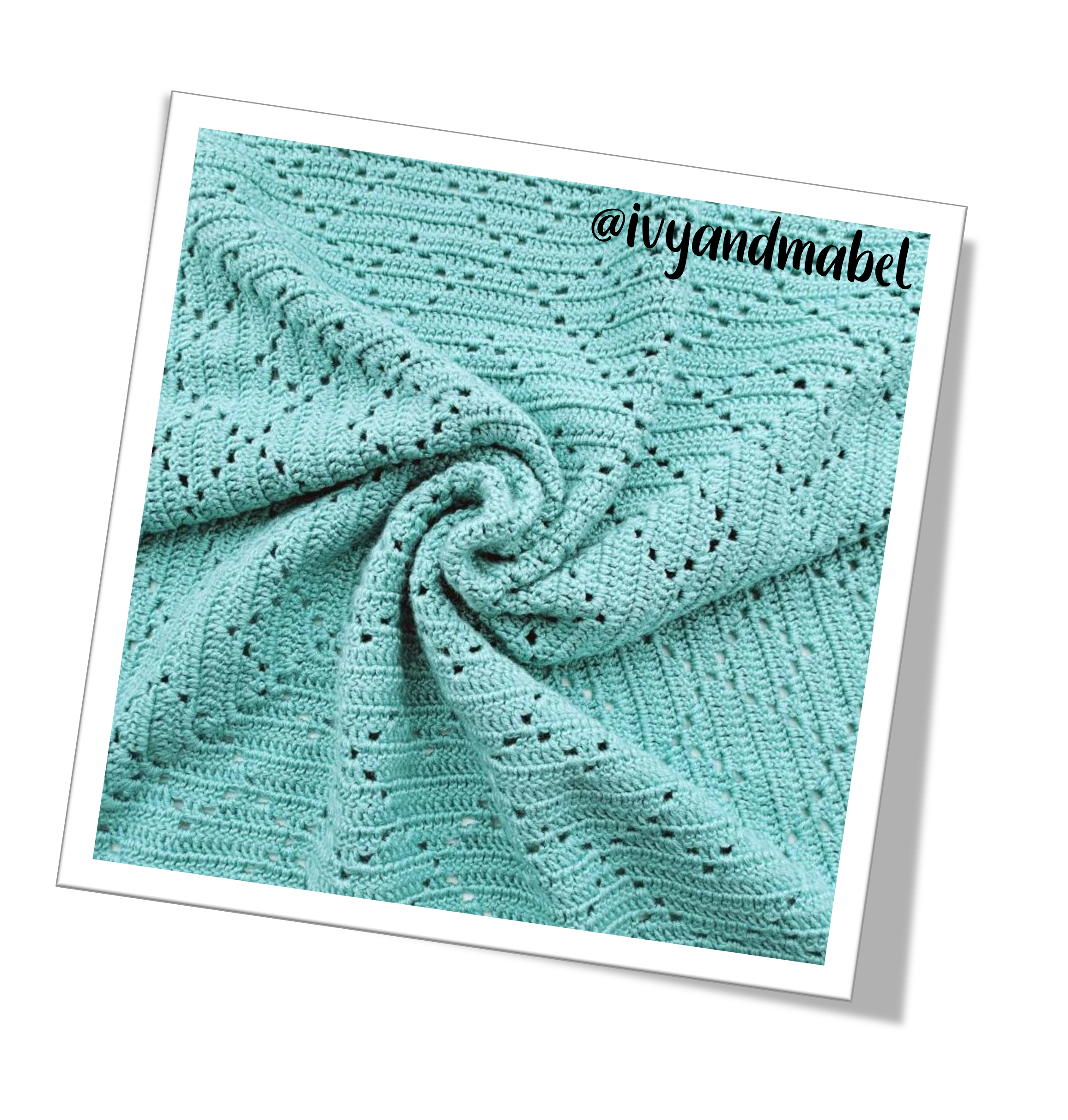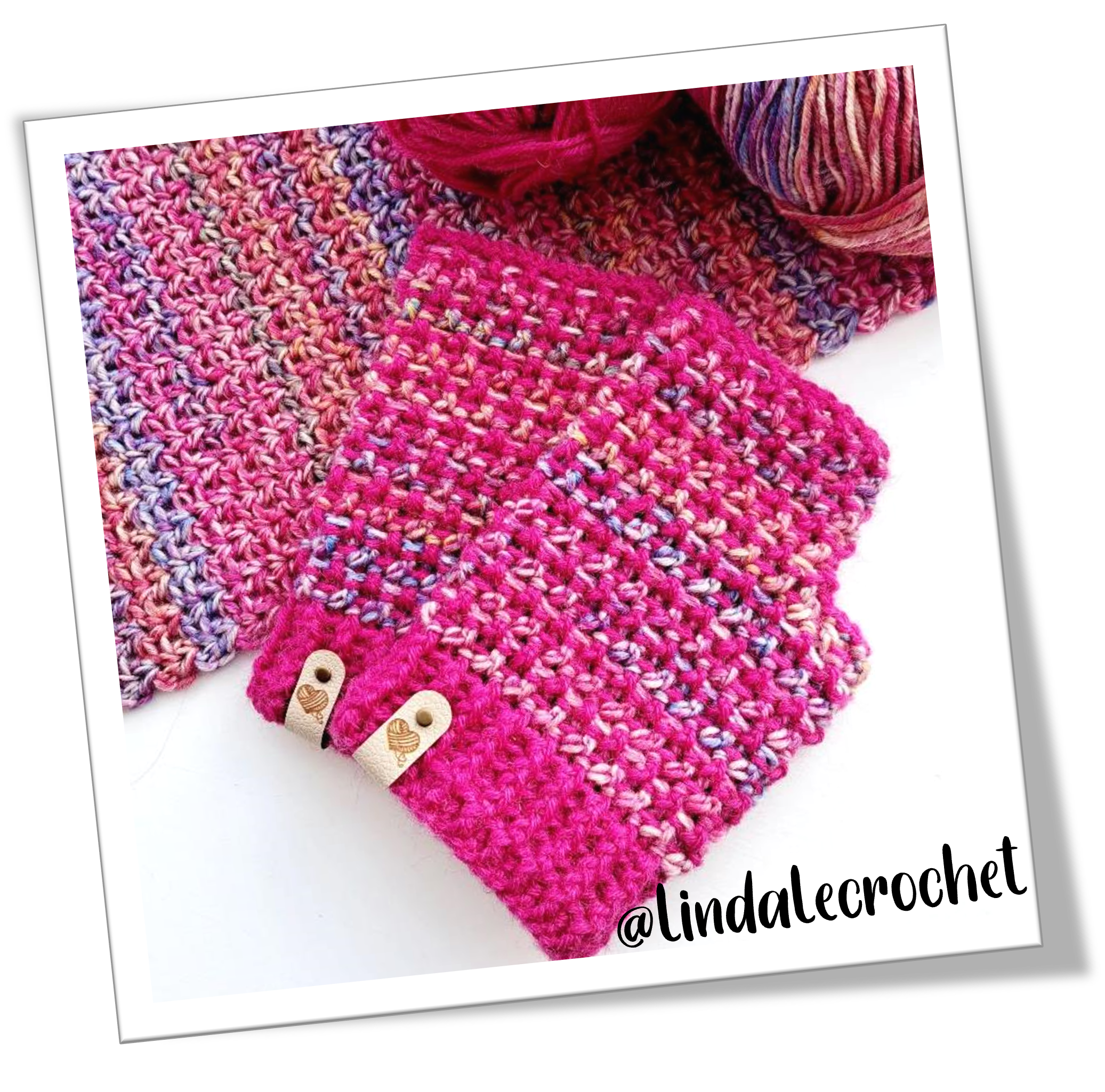There can be some confusion over the terms pattern testing and tech editing.
What are they? Are they the same thing? Are they important?
Pattern testing is the process by which a designer releases a new pattern to a small number of 'testers', who follow the written pattern and physically create the item as designed. Testers are usually volunteers who have varying levels of crochet experience. For example, a designer may specifically ask for volunteers who consider themselves to be beginners, to test whether their pattern can be followed by those who have less crochet experience. Pattern testers are able to provide information to the designer about the how easy the pattern was to read and follow, whether it makes the item intended and whether there were any problems following the pattern. This is an integral part of the designing process, it is important for a designer to know that their pattern can be successfully used!
In contrast, tech editors are specialised in analysing crochet patterns and work to ensure patterns are correct mathematically and logically. Unlike pattern testing, this doesn't involve physically creating the item, however every stitch, row/round and repeat (and much more) is checked to be correct. This ensures there are no errors in the design, which ultimately makes a pattern usable and more importantly enjoyable. Often, mathematical errors can be very small, such as incorrect end of row stitch counts, however these can be very frustrating for the individual following the pattern, who will assume they have 'gone wrong' if their numbers don't match. There are many times that I have repeated a row of a pattern, only to always have the 'wrong' number of stitches by the end. I find this so frustrating, and have given up on a few projects because the pattern just doesn't work! A tech editor will identify these errors, ensuring the pattern is absolutely correct! Although more experienced pattern testers may also pick up on these errors, it's not their job, and nor are they trained, to check the pattern stitch-by-stitch and line-by-line, so there is no guarantee!
A tech editor also typically works to a style sheet to ensure a pattern is formatted to the designers/publishers requirements, this ensures there is consistency across the pattern (or number of patterns) which drastically improves usability. For example, the same information can be written in multiple ways:
- Row 14: (7dc, 2dc) across (45 sts)
- Row 14: *(Dc in next 7 dc, 2dc in next dc); repeat from * to end. [45 dc]
- Row 14: Working in dc, inc every 8th st. {45}
These all give the exact same information, and are mathematically correct, however a pattern that uses different formats interchangeably becomes very confusing (and frustrating!!). A tech editor will remove these inconsistencies, resulting in a clear and easy to follow pattern. Although these checks may seem trivial, they really do contribute to the enjoyment of a pattern, and ultimately the reputation of the designer/book/publisher/magazine. A pattern may appear to make the most beautiful item, but if it can't be followed, or creates too much confusion - it's not a great pattern!
Pattern testers and technical editors both provide very important, but different information to a designer. It's important to know a pattern can be used, but it is also important to be confident that a pattern is correct!
If you have any questions about pattern testing or tech editing, or want to know more, please get in touch. I've included some images of some pattern tests I've had the pleasure of completing, and would definitely recommend volunteering to complete one if you see a pattern you like the look of!




